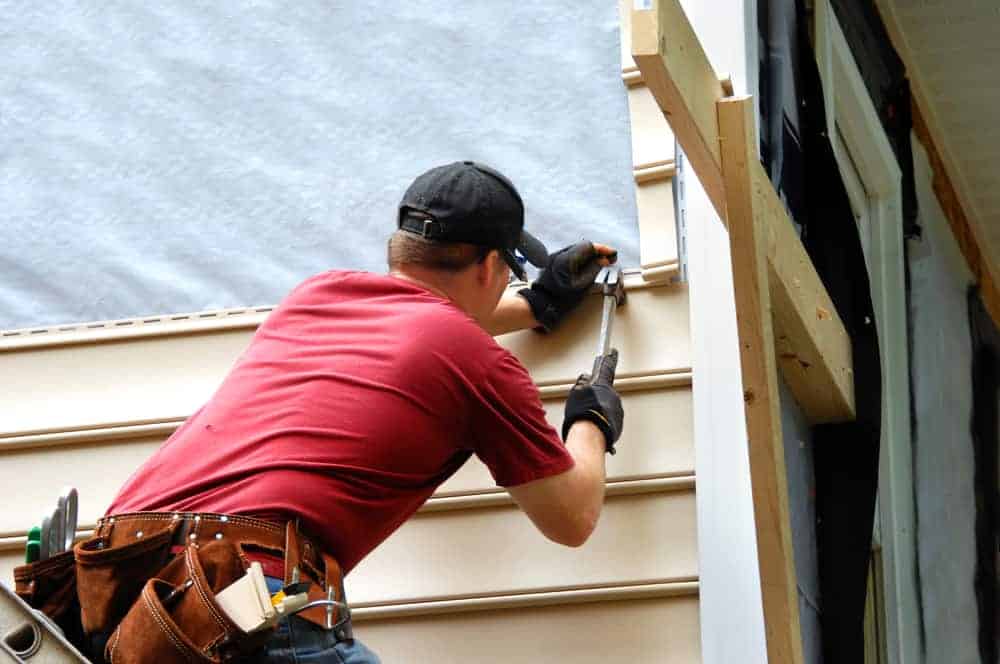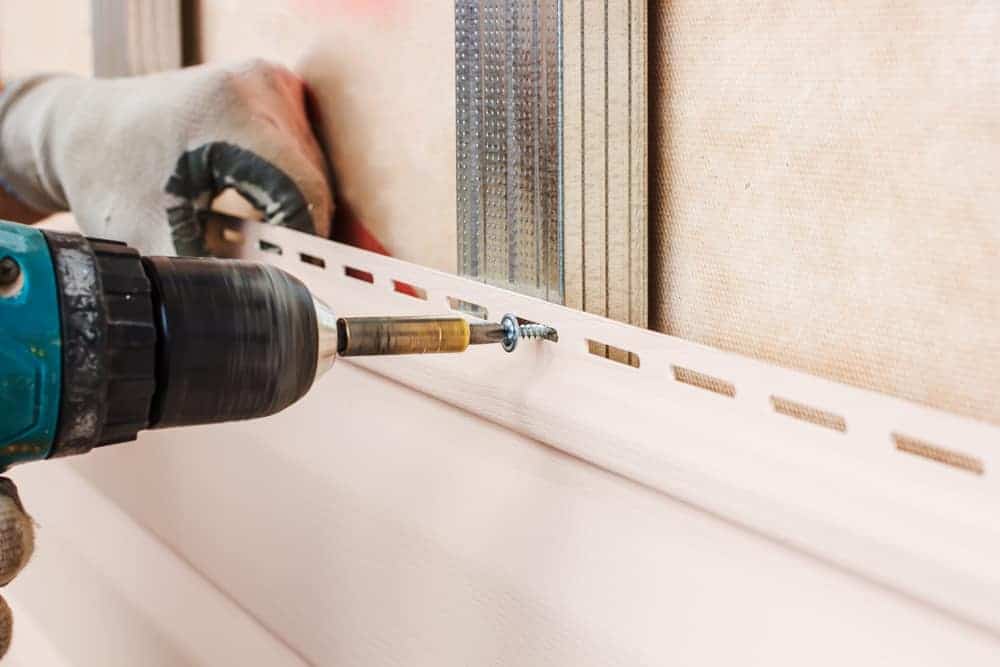How to Identify Your James Hardie Siding

James Hardie siding is some of the best siding in the business. It’s sturdy, reliable, and beautiful. It comes in several designer colors, it lasts forever, and it doesn’t take a ton of maintenance. In fact, Hardie siding has a reputation of reliability and longevity that stretches back decades, with their first fiber cement models released in the mid-1980s. As trends in exterior home covering move back and forth between siding and other materials, the James Hardie Brand always seems to show up as one of the best products on the market.
But lately Columbia homeowners are starting to find out that several contractors and construction salespeople are pushing fake James Hardie siding. They offer this material at a reduced cost that still exceeds the costs of different materials, like vinyl siding. This means that homeowners aren’t getting the siding they paid for, and these crooked contractors are making off with a tidy profit.
With this in mind, it is crucial that you know what siding you are getting.
What is Hardie Siding?
Hardie siding is not your typical siding. Made from fiber cement, this siding is typically longer-lasting than wood or vinyl siding, with several advantages over both. Fiber cement siding offers:

- Longevity – Most Hardie siding options come with a 50-year warranty. That’s because fiber cement is resistant to rot, decay, and insects.
- Damage Resistant – Fiber cement siding will resist damage from falling branches, hail, ice, and other storm damage bette
- r than many other siding materials.
- Fire Resistant – Since this siding is made from sand and cement, it is almost completely fire resistant. If your home has a fire, or if there is a fire nearby, your siding will resist it and you won’t have to replace it.
- Beautiful Appearance – Hardie siding comes with models that look like other materials (wood, cedar shingles, etc.) and come in nearly any color you might want.
When you purchase James Hardie siding you are purchasing the top of the line in siding materials.
How to Verify Your Siding?
The problem is that some contractors are trying to pass off other models of fiber cement siding, or just regular siding, as the James Hardie brand. For customers who aren’t specialized in construction and building, it can be difficult to determine what kind of siding you have. And since many new homeowners typically trust the contractors they work with, and trust they can handle the complexities of building a home, they might never actually check in to the origin of the siding.
The key to tell if you have fiber cement siding is to check for a wood-grain pressing. Older models of asbestos siding used a similar approach to make the siding look natural—which makes sense, because fiber cement siding was made to replace asbestos. If your siding has an artificial wood grain, was built after the 1980’s, and has a heavier siding with a chalky interior, then you most likely have fiber cement siding. In order to tell if you have Hardie siding, however, you might have to do a little more work.
James Hardie siding has a certain set of characteristics that can help with identification:
- There will be a Hardie imprint near the nail line, which falls underneath the overlap of the siding after installation. This isn’t visible after installation unless you remove some of the panels, and it isn’t present on all models.
- The top edge of the siding is “sloped” to help wick water away—a feature Hardie suggests is unique to many of their models.
- The bottom might have a drip edge to move water away from the siding.
Intimidating? If you aren’t in construction then getting to any of these, or understanding where to look, could be near impossible.
Luckily, James Hardie warranty support can answer questions regarding your siding. In fact, if you send a picture of your siding (or pictures), they can help you identify if you have the authentic article.
Stay in Touch with James Hardie Siding
If you really want to make sure that you know that your siding is the real deal, then we suggest working with your siding and roofing company and a representative in the James Hardie company to ensure you have what you think you have.
If you don’t trust your roofing company, then they shouldn’t be your roofing and siding company. Work with someone whom you trust. Ideally, you shouldn’t ever have to directly to James Hardie… your siding company should be a trusted, authorized retailer. But do know that there are several options if you want to double check that you have the true James Hardie brand.
